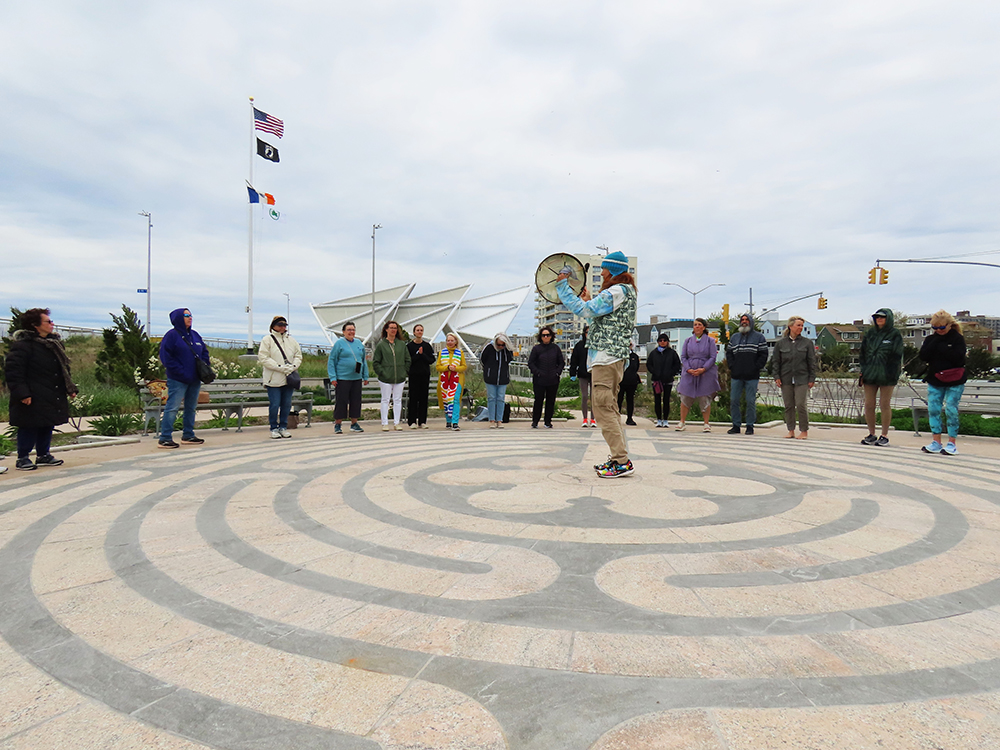“Double Jointed”

By Peter Galvin, MD
There are four primary types of animal tissue – connective tissue, epithelial tissue (related to skin), muscle tissue, and nervous tissue. Connective tissue can be found everywhere between other tissues in the body. Connective tissue includes the meninges (thin tissue layer that surrounds the brain and spinal cord), bone and cartilage (called supportive connective tissue), adipose (fat) tissue, and blood and lymph (non-fibrous connective tissue). Immune system cells can be found scattered throughout connective tissue where they are poised to begin an inflammatory and immune response to an invading antigen. The term “connective tissue” was first coined in 1830 by a German physician Johannes Peter Muller. There are various types of connective tissue diseases. There are hereditary diseases – Marfan and Ehlers-Danlos syndromes; autoimmune connective tissue disease – lupus; and scurvy, which is a lack of vitamin C which is required to make collagen (the primary structural protein in connective tissue).
Marfan syndrome is an autosomal dominant genetic disorder caused by a variant in the FBN1 gene. It is named after French pediatrician Antoine Marfan, who first described it in 1896. People who have a parent with the abnormal gene have a 50% chance of inheriting the gene. Also, about 25% of those with Marfan have an uninherited gene variant. The FBN1 gene is involved in the formation of fibrillin 1, which is a component of microscopic elastic fibers that provide structural support for tissues and organs. As noted above, connective tissue is found throughout the body so Marfan syndrome can affect the heart, lungs, blood vessels, bones, eyes, and skin. It is estimated to affect one in 5,000 individuals worldwide with equal frequency in males and females. A simple diagnostic test is the thumb sign where someone with the syndrome can close their fist over the thumb and the tip of the thumb will be visible past the pinkie finger. The physical features and severity of Marfan can vary among individuals. People with it often have eye lens dislocation, tall stature, long fingers and toes, flat feet, abnormal curvature of the spine, deformities of the breastbone, and stretch marks on the skin. Abnormal joint mobility, chronic pain, depression, and impaired vision are common. The most serious consequence can be aortic enlargement and tears in the aortic wall (dissection) which can be fatal. This risk is increased during pregnancy and for several months following delivery. Given current medical advances, people with Marfan have a near-normal life expectancy.
There is no direct treatment or cure for Marfan syndrome. An important part of treating these patients is to use medication to keep the blood pressure low, thereby limiting the expansion of a weakened aortic wall. Surgical treatments may include aortic repair to prevent rupture, scoliosis treatment, correction of a sunken breastbone (pectus excavatum), and eye surgery to repair the retina, which may become detached, and the lens, which may become displaced or develop an early cataract. Physical activity is encouraged, but should be less intense, for example walking, bowling, golf, or doubles tennis. Some historical figures and celebrities appear on lists of people with Marfan syndrome, and while some cases are purely speculative, the list includes Akhenaten, Osama bin Laden, Julius Caesar, Abraham Lincoln, Niccolò Paganini, Michael Phelps, and Sergei Rachmaninoff.
Please direct questions and comments to editor@rockawaytimes.com


